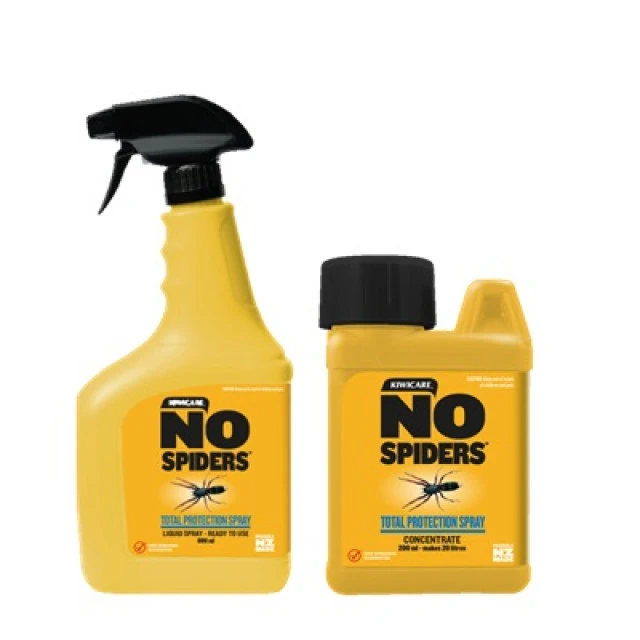Solve problems in and around your home.
Start Problem Solver

Case moth larvae destroy carpet and other fibrous material using it to cover themselves in a protective case of fibres.
While the clothes moth and carpet beetle larvae eat natural fibres such as wool, the case bearing clothes moth (sometimes known as carpet moth) larvae use the fibres of natural or synthetic material to encase themselves in a protective tube of fibres.
Case bearing clothes moth larvae are often not recognised as being alive. They look like small rolled pieces of carpet but you may be able to see the brown head of the larva sticking out one end. The adults are small brown moths, similar to the pantry moth shown above, that often congregate in the upper corners of rooms.
If the insects are damaging your carpets the larvae are likely to be underneath where they chew through the fibres leaving the upper fibres to come loose and you will see bare patches of carpet appearing.
To get rid of case moth larvae follow these simple steps:
Look Out For....
Have you seen your carpet becoming thread bare around the edges? Are fibres of your carpet falling out? If yes, this may indicate that the larvae of carpet beetle, clothes moth or case moth larvae are under the carpet chewing through the fibres.
Are you finding strange little cylinders of fibres around the edge of the carpet, often with a dark brown tip at one end? If so, you may have case moth larvae chewing your carpet. These cylinders are the larvae themselves wrapped in carpet fibre, the brown tip is the head of the larva.

Non–toxic traps to attract and trap clothes moths. It enables you to monitor and protect clothes and fabrics fro…

Monitor and protect your carpet from damage by carpet beetles and moths with non–toxic traps to attract and trap…

Effective, long term indoor and outdoor protection from spiders and crawling insects.